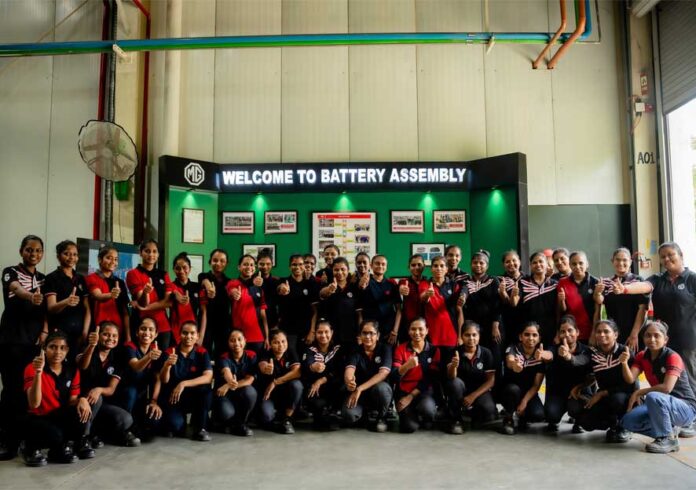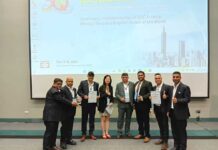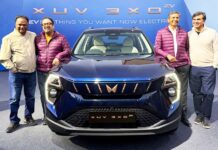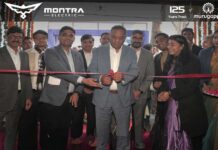
JSW MG Motor India has reached a significant milestone in promoting gender diversity, with women now making up 80% of the workforce at its battery assembly shop in Halol, Gujarat. This facility plays a key role in assembling battery packs for the MG Comet and MG Windsor, with an average daily output of 140 units.
Diversity is a core pillar for JSW MG Motor India, and the automaker has made significant strides in creating an equitable workforce across its operational bases. Currently, the company employs more than 41% women across its workforce. The carmaker operates its battery assembly line across three shifts with an 80% women workforce. The structured assembly line is divided into four segments, ensuring precision and efficiency in battery production.
Speaking on the milestone, Anurag Mehrotra, Managing Director, JSW MG Motor India said, “At JSW MG Motor India, we truly believe that diversity powers innovation, resulting in a robust growth story. It is remarkable to witness the cohesive efforts of our teams in creating an equitable and progressive manufacturing ecosystem at our Halol facility. I am confident that our customers will also take pride in knowing that the batteries of their EVs are built by an 80% female workforce. EV Sahi Hai, and this is the spirit behind it.”
The battery assembly shop consists of the module line, pack line, charging and discharging line, and the final assembly line. The battery assembly process at JSW MG Motor India begins with the open circuit voltage test ensures the electrical integrity of each cell, while the cell glue process secures them in place using specialized adhesive. This is followed by welding and module assembly, where spot and laser welding techniques are used to precisely join components. Each module is scanned and aligned to ensure structural accuracy, with laser welding also serving as a key quality assurance step.
Safety testing and electrical connections are critical to the next phase. The insulation resistance test guarantees electrical isolation, while bus bar fixing establishes secure and reliable electrical pathways. These batteries undergo rigorous charging and discharging tests to validate performance and reliability. In the final assembly and performance validation stage, battery modules are integrated into packs, before being installed into MG EVs.








